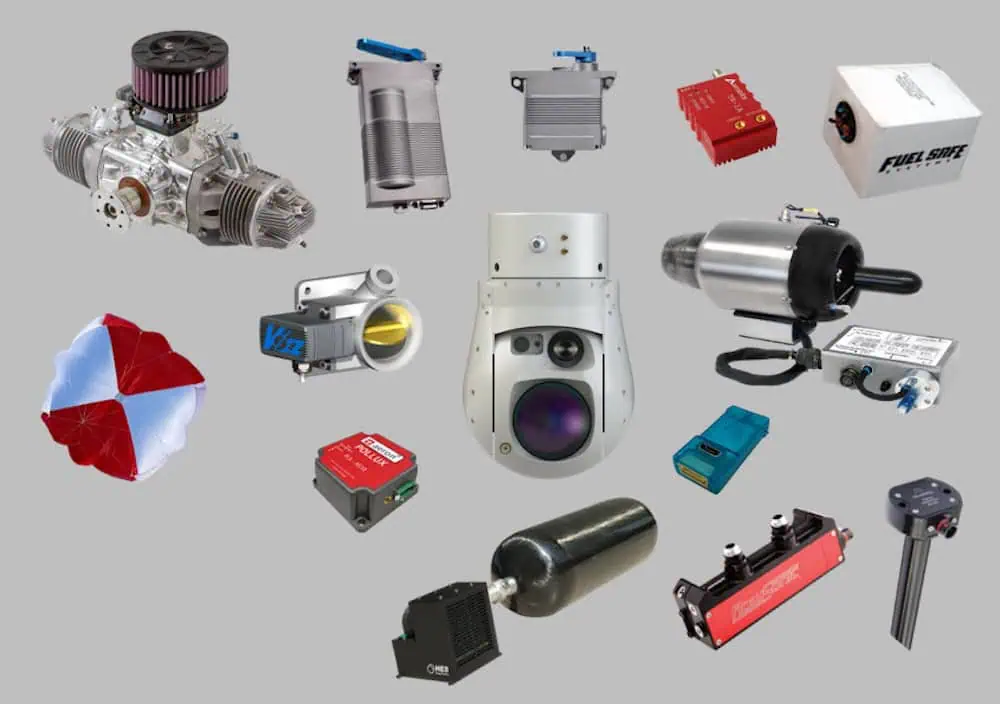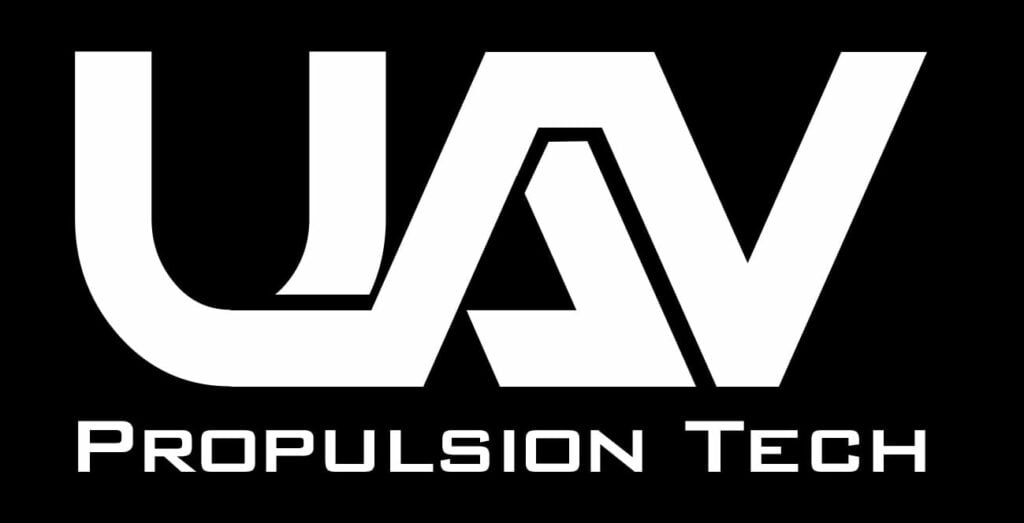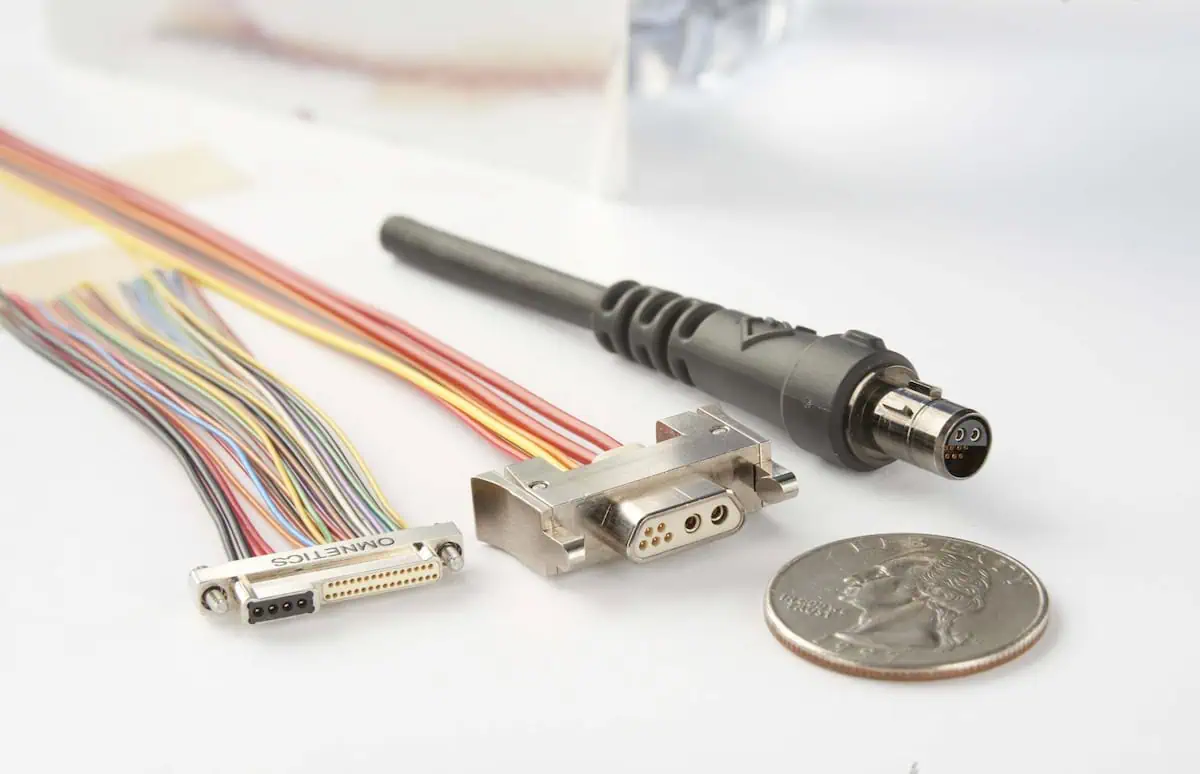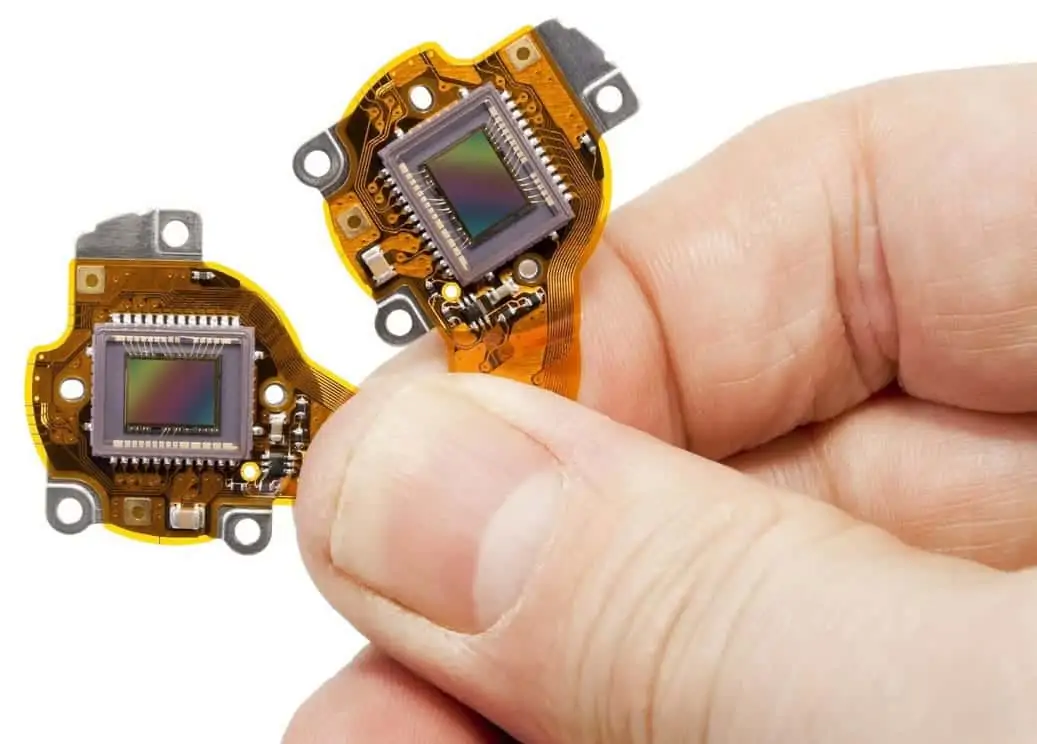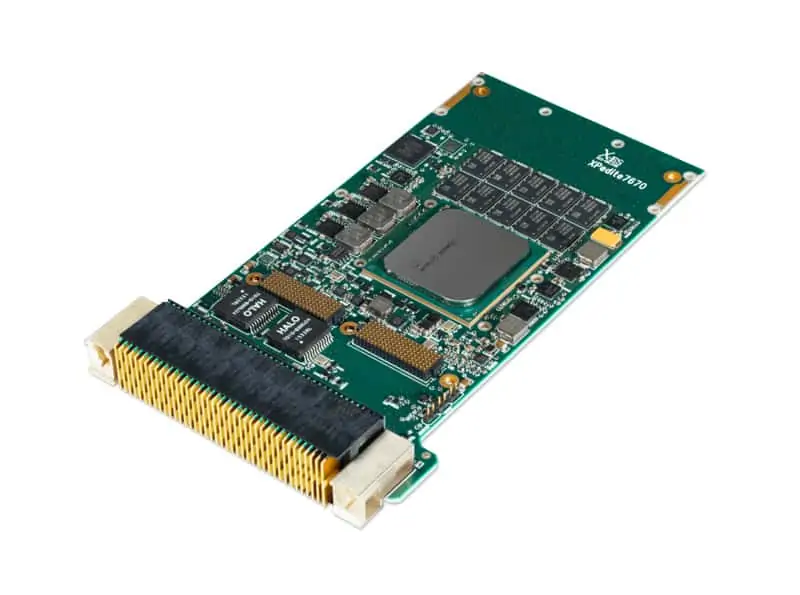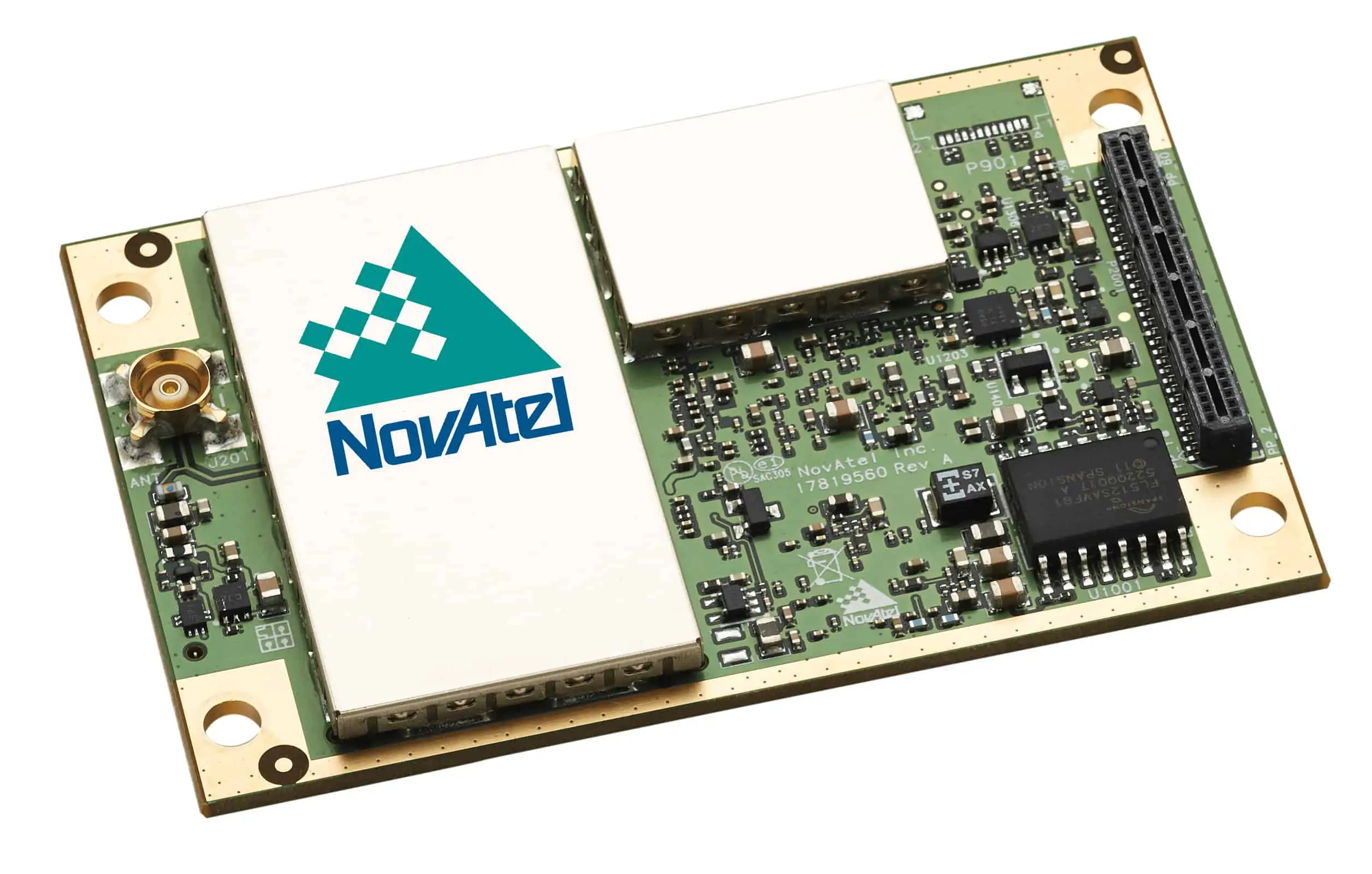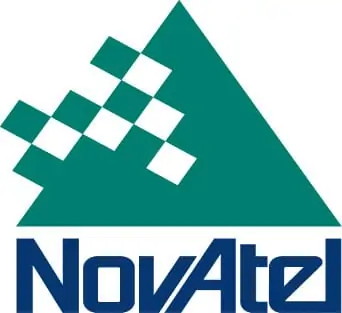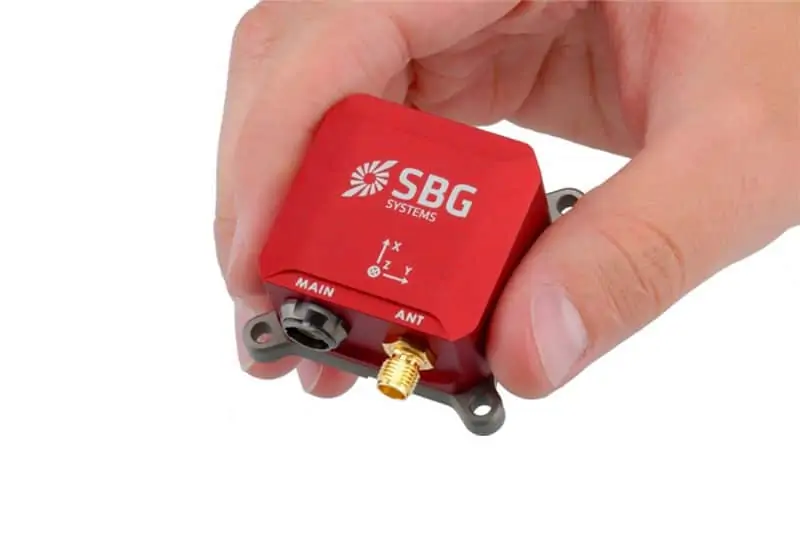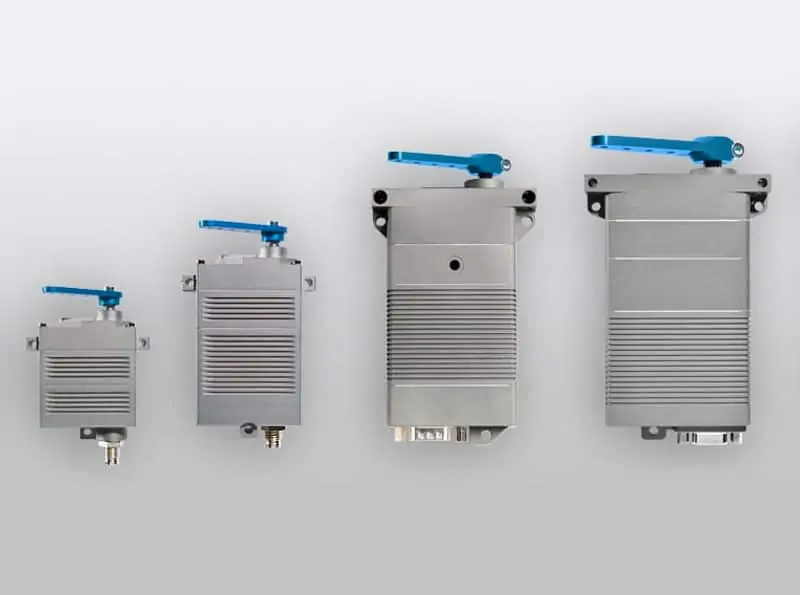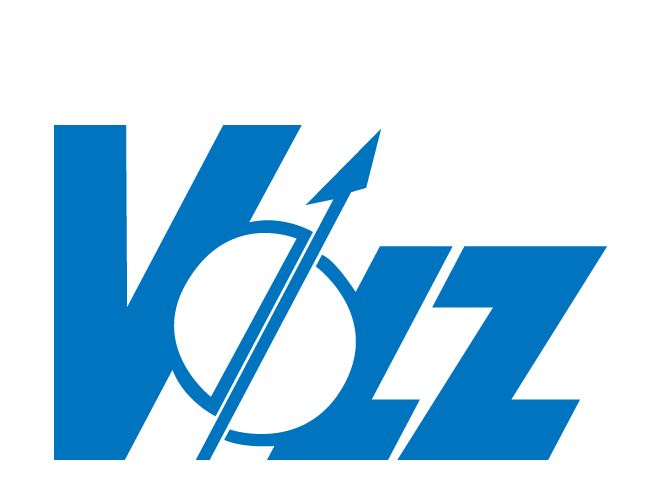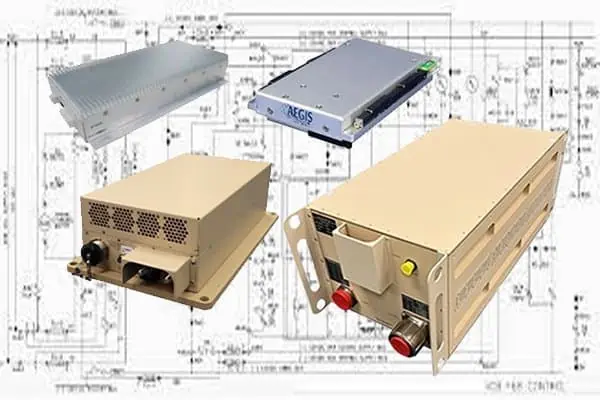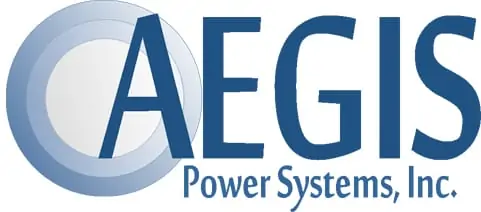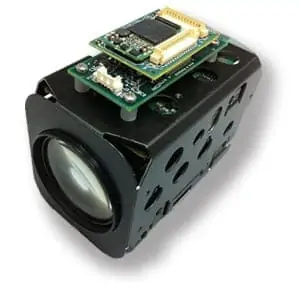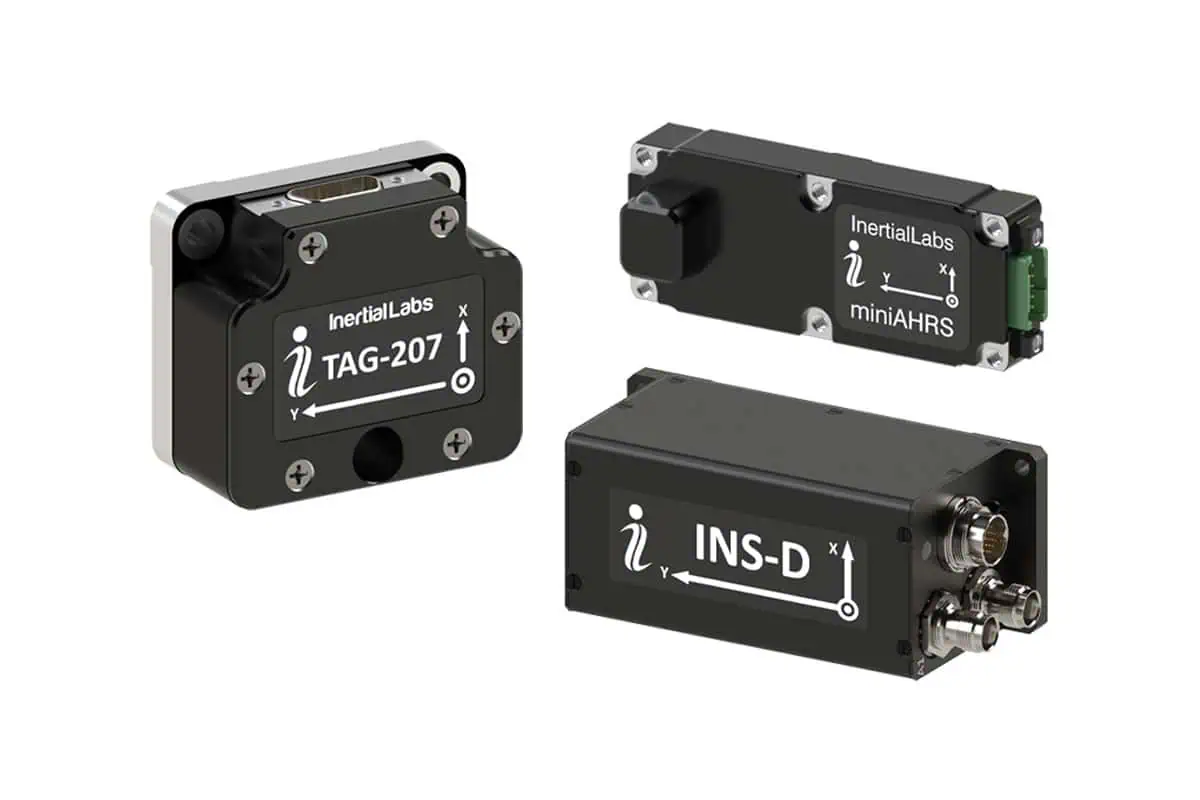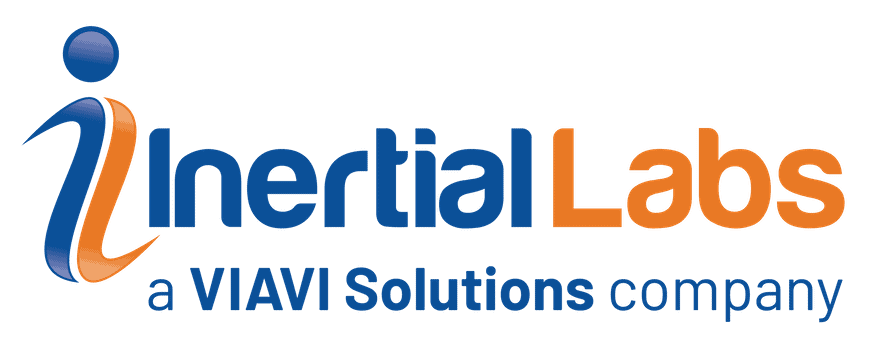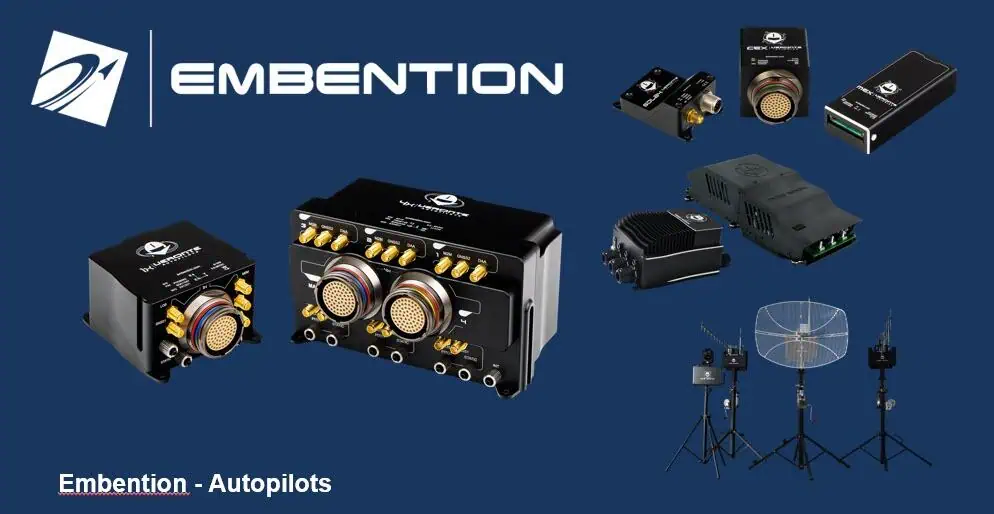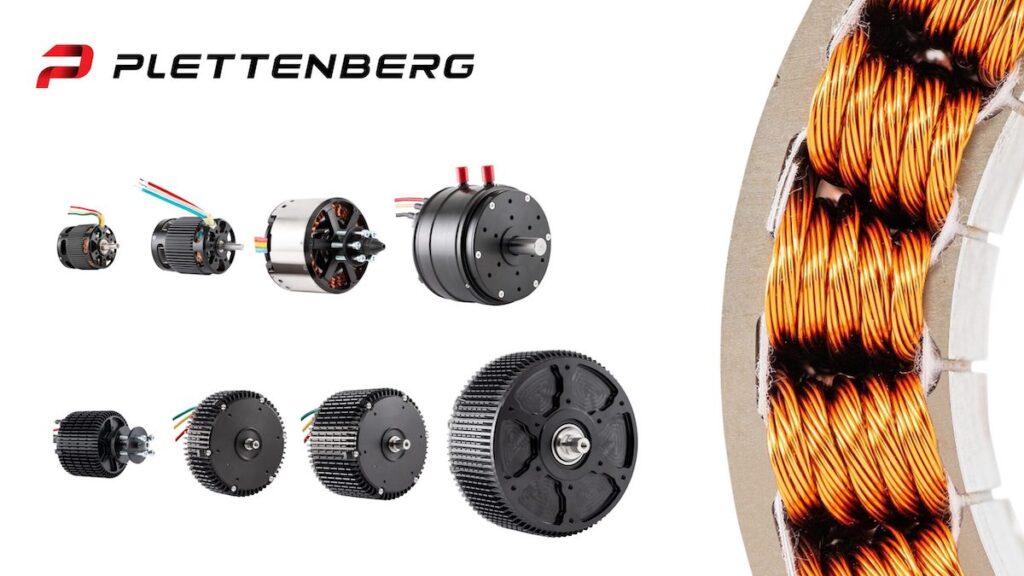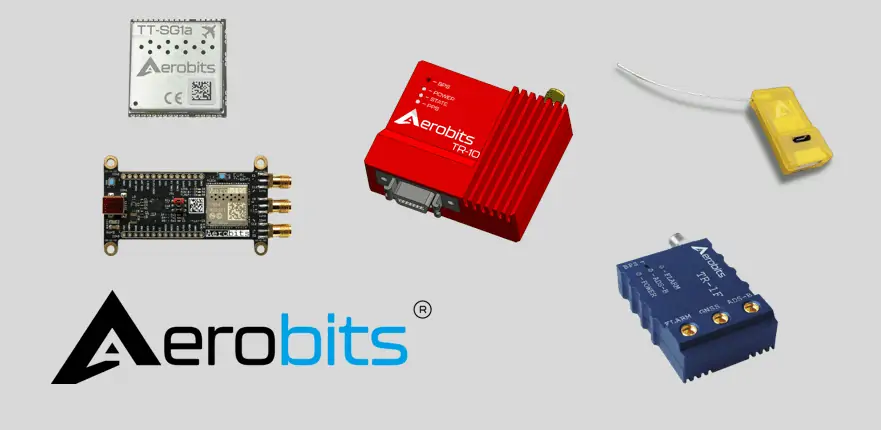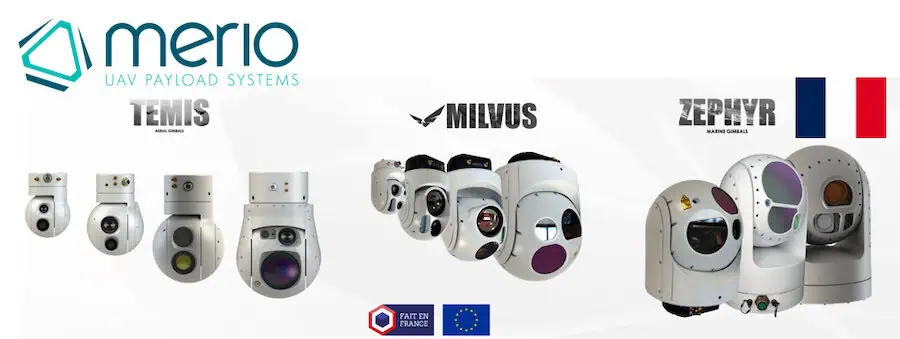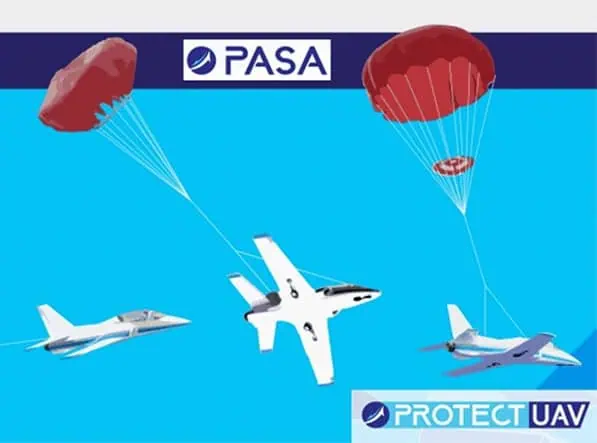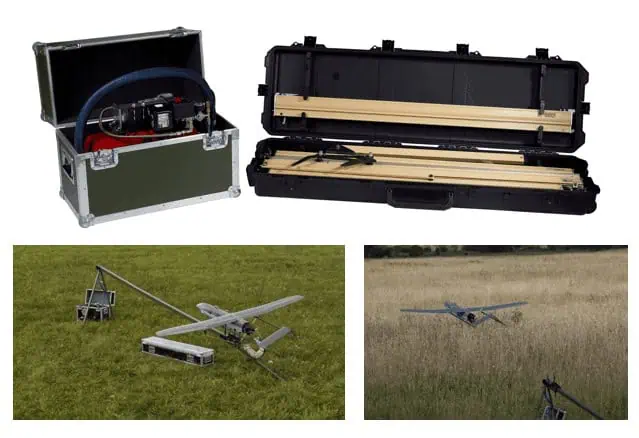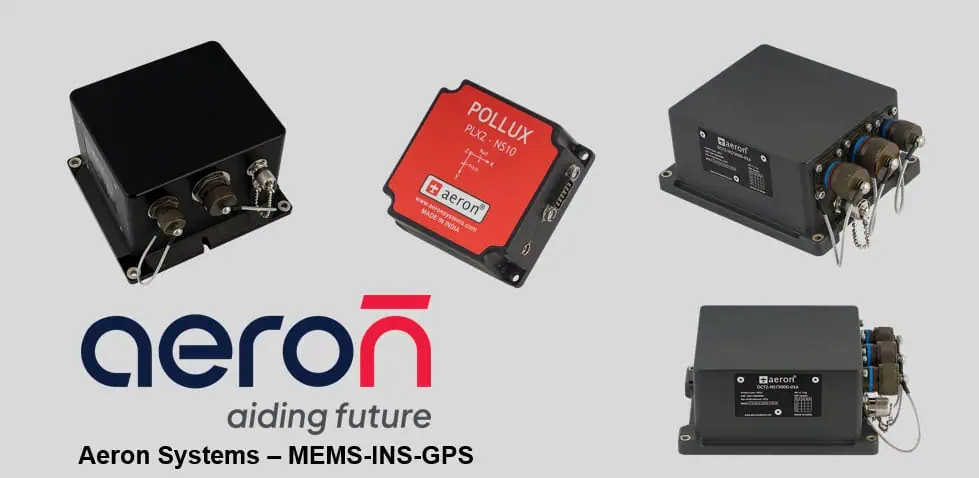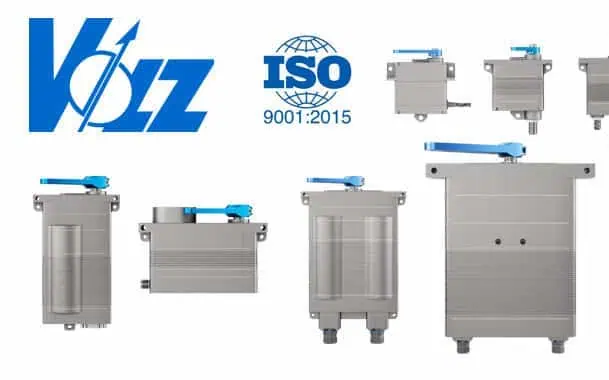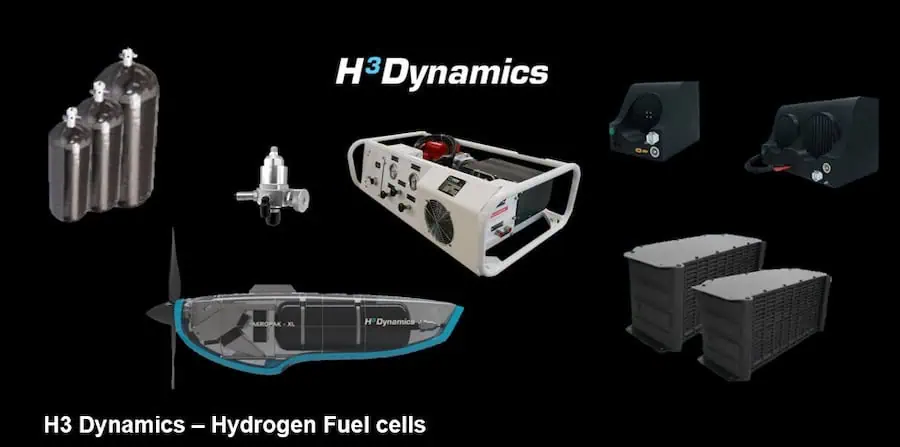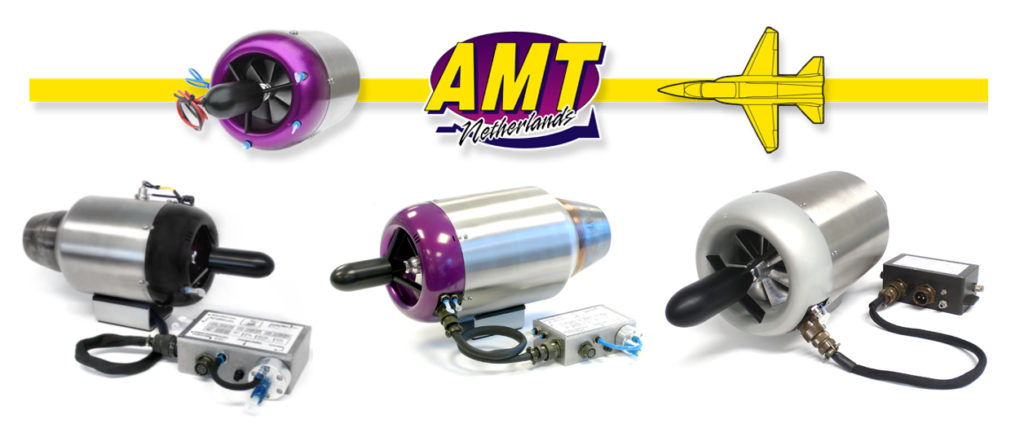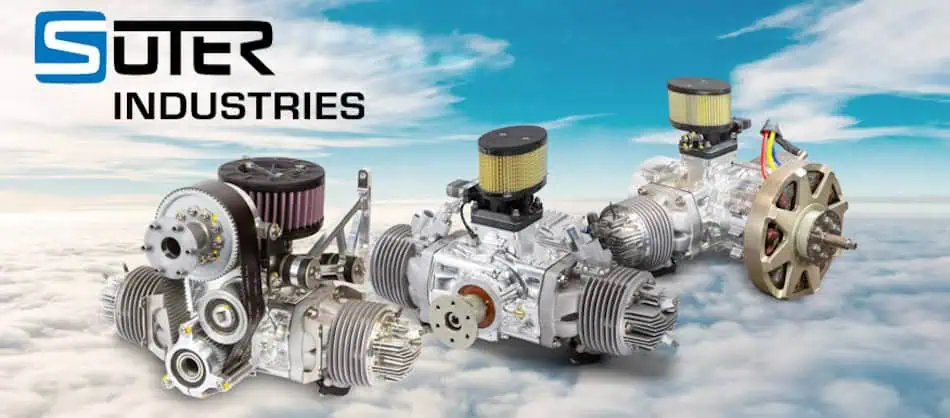
Hovering autonomous underwater vehicles (AUVs), such as the Boxfish AUV, are transforming underwater research and operational capabilities.
Compared to conventional remotely operated vehicles (ROVs), which depend on cables for power and communication, hovering AUVs function autonomously. These vehicles employ advanced systems that enable independent navigation and communication beneath the surface.
One of the core technologies that supports untethered operation is acoustic signaling. Acoustic communication plays a critical role because radio waves, commonly used for surface and aerial communication, do not propagate effectively underwater. Acoustic signals can travel considerable distances underwater, making them suitable for both navigation and data exchange.
Navigation Challenges Below the Surface
Navigating underwater poses significant challenges due to the lack of GPS availability and restricted visibility. Boxfish Robotics AUVs utilize a combination of dead reckoning and acoustic-based positioning to guide their movement. This is further enhanced with stereo camera systems and, optionally, imaging sonar.
Dead reckoning is achieved using a Doppler Velocity Log (DVL), along with measurements of speed, heading, and local water currents. For acoustic-based navigation, the AUVs incorporate Ultra-Short Baseline (USBL) systems, which are compact and straightforward to deploy. These systems also enable two-way communication for real-time monitoring and control.
Core Navigation Components
- USBL: This system calculates the vehicle’s position by timing the return travel of acoustic signals between the vehicle and underwater beacons. While it provides high accuracy, USBL systems can be affected by signal reflections and environmental disturbances.
- IMU: The inertial measurement unit (IMU) includes accelerometers and gyroscopes to track acceleration and angular velocity, along with a magnetometer to determine heading.
- DVL: The Doppler Velocity Log monitors velocity relative to the seabed through acoustic signals. When combined with USBL, it enhances positional accuracy and minimizes drift. DVL also provides altitude data and assists with obstacle avoidance.
- Depth sensor: High-resolution depth sensors are used to determine precise depth readings.
- Surface GNSS/GPS: Global navigation satellite systems at the surface supply exact location data, which is sent acoustically to the AUV to update its positional awareness.
Integrated Data Through Sensor Fusion
To refine navigational accuracy, Boxfish applies sensor fusion methods. Merging data from USBL, IMU, DVL, and thrust-based dead reckoning offsets the weaknesses of individual instruments and improves overall system performance.
Boxfish AUVs also include supplementary instruments such as multibeam imaging sonar, stereo camera systems, additional depth sensors, and magnetometers. These enhance object detection, prevent collisions, and ensure accurate positioning during complex operations.
Mission execution is managed via the Boxfish SafePath Planner software. With an intuitive user interface, operators can define waypoints, configure sensor parameters, and outline full mission workflows. The software integrates seamlessly with onboard navigation systems, providing a dependable framework for autonomous operations.
Benefits of Untethered Hovering AUVs
Hovering AUVs without tethers offer several benefits compared to tethered ROVs. They eliminate risks of cable entanglement—a common issue in intricate underwater environments. They also function more effectively in deeper or more challenging locations where tethers become restrictive or hazardous.
Operating without a tether also allows AUVs to cover broader areas and conduct longer missions. This makes them particularly effective for seabed mapping, habitat surveillance, and environmental data collection.
Hovering AUVs serve a broad range of purposes across scientific, industrial, and defense sectors. In marine research, they are used to observe coral reef systems, follow marine species, and monitor water conditions. Their hovering stability makes them ideal for precise measurement tasks and close-up studies.
AUVs with pitch control are especially effective for photogrammetry. They can maneuver around coral structures using multiple camera angles and sonar, avoiding both collisions and damage to delicate ecosystems.
In commercial applications, hovering AUVs are employed for inspecting underwater structures such as cables, pipelines, and offshore rigs. Without a tether, they can easily move around obstacles and reach confined or difficult-to-access locations that traditional ROVs might not be able to reach.
Boxfish Robotics’ hovering AUVs represent a leap forward in subsea capability, functioning independently and efficiently in demanding environments. Using acoustic systems for both positioning and communication, they carry out complex tasks at depth with precision and flexibility.
Read the original article >>

